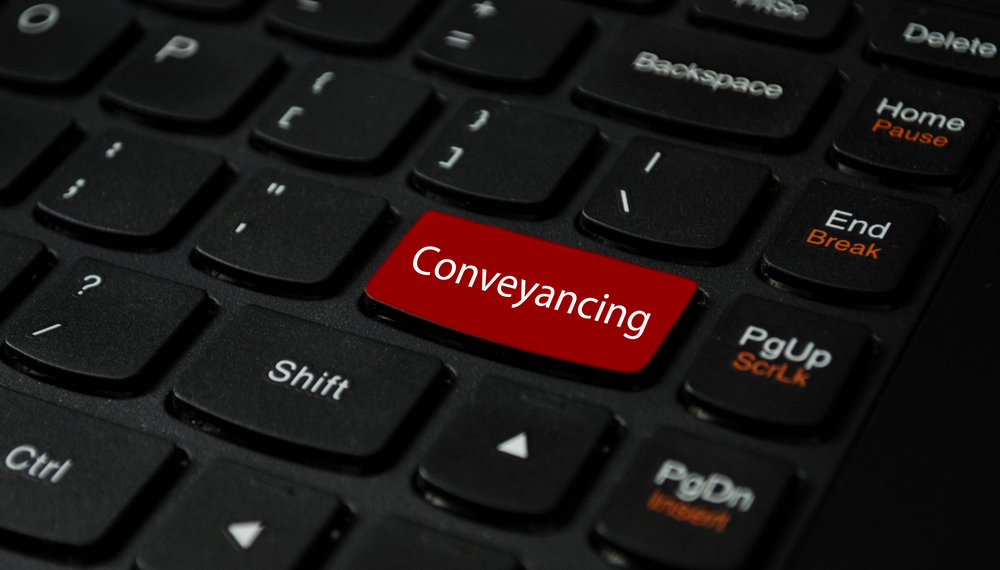

A guidance document for conveyancing firms which addresses the Building Safety Act and Building Safety (Leaseholder Protection) Regulations 2022 is being published by the Conveyancing Association (CA).

Leaseholder protections outline the need for a Leaseholder Deed of Certificate and Landlord Certificate and apply to buildings at least 11 metres/five storeys, while a new regulatory framework applies to buildings over 18 metres with a special role for the Buildings Safety Regulator.
The guidance has been created to provide conveyancing firms with details on what the act and safety regulations currently contain and what they should consider on enactment into law.
The document covers a number of areas including: what is a relevant building; what are the relevant defects covered; who is a qualifying leaseholder; the exception of leaseholder-owned buildings; the Leaseholder Deed of Certificate; the evidence required; leaseholder protection; who else might be responsible; the developer, landlord, superior landlord, or the leaseholders; and the landlord certificate.
Conveyancing Association director of delivery Beth Rudolf explains that the guide is designed to provide a precis of the relevant parts of the legislation, and hopefully steers conveyancers in the right direction when it comes to carrying out their work for cases which involve relevant buildings.
“That said, it is very much a work in progress, and as the industry gets into the practicalities of dealing with these cases and as we learn more about how this is going to sit within our sector, we will update our Guidance to reflect any changes.
She adds: “The normal disclaimers apply, particularly as the legislation has not yet been tested in Court, but we hope this helps set out the main issues and items which conveyancing firms will need to consider and advise clients on, and to dispel some of the myths out there which are making conveyancers’ jobs even harder.”
Conveyancing firms can download a copy of the Guidance by visiting the downloads page on the CA website.